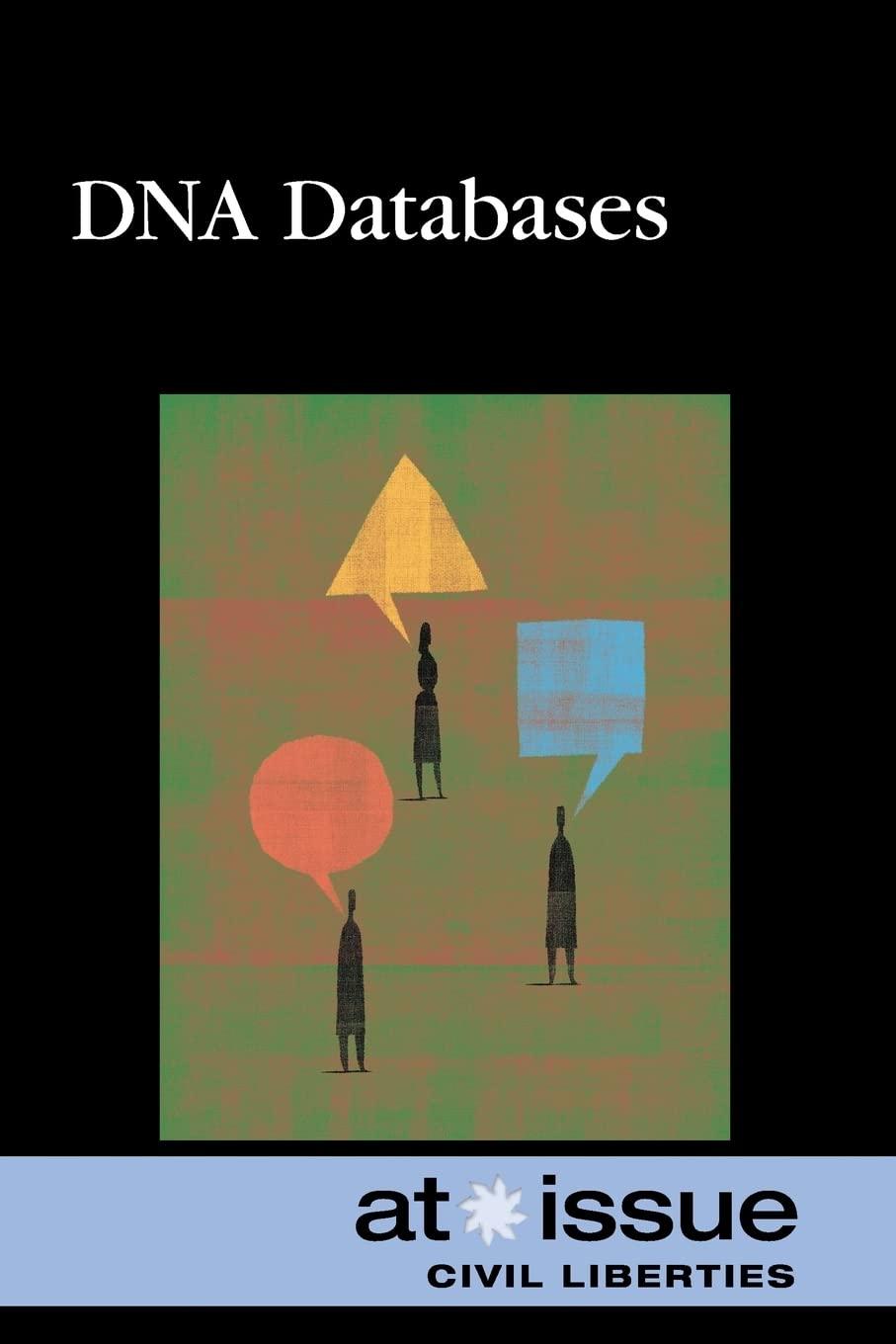
Assingment1BData.txt below


ASSIGNMENT 1B Assignment 1B tests your knowledge of List, Stacks, Queues, and Priority Queues (Chapter 20). Design a program/project/driver class (the program/project/driver class file should be called YourNameAssignment1B replace YourName with your actual name) with the following exact 1 functionality and names (replace YourName with your actual name or the name you go by, no spaces): 1. Read words from the Assingment1BData.txt file. In the file, the words are delimited by whitespaces, punctuation marks (comma, period, colon, semi-colon, exclamation mark, question mark, etc.), quotation marks, parentheses, and other symbols. Do not use as delimiter symbols like plus, hashtag, hyphen, or other characters that can be part of words/concepts (e.g. C++,CH, Objective- C, etc). If you are going to read an entire line, you are going to need to split it to extract the words. 2. Add the words you read from the file into an ArrayList, LinkedList, Stack, or Queue , or PriorityQueue data structure called YourNameStructure. You can use any type of lists, queues, or stacks introduced in Chapter 20. Use your knowledge of the chapter 20 and problem at hand to decide which type is better for this particular problem. Do NOT use sets, maps, or any other types of data structures. Do not add any empty strings to your structure. 3. Print all the words from the YourNameStructure in alphabetical order, one word per line. Create a Microsoft Word document called YourNameAssignment1B-Screenshot.docx. (replace YourName with your actual name) that contains screenshots of the editor window showing the complete JAVA source code in editor and complete screenshots of the entire output (the output is going to be large, so, make sure you take screenshots of everything). If the entire class JAVA source code or the output does not fit in one screenshot or the screenshots cannot be easily read, create multiple screenshots and add them to the same document. Submit YourNameAssignment1B.java JAVA source code file and YourName-Assignment1B-Screenshots.docx Microsoft Word screenshots document on eCampus under the Assignment 1B. Do not archive the files (no ZIP, no RAR, etc) or submit other file formats. Review the files in your eCampus submission confirmation window. 1 Use the exact names (spelling, caps). You are not going to earn any credit if the classes and methods do not contain your actual name and have the exact/precise names and functionality. DALLAS COLLEGE COMPUTER SCIENCE Computer Science Computer science is the study of computers and computational systems. A discipline including theory and practice, i t includes the study of methods for processing digital information, and the design of computer hardware and softwar e along with the applications of computers. It requires thinking both in abstract and concrete terms. Computer scienc e has a stronger foundation in math than in science. Computer science courses are listed under the four-letter rubrics (course prefixes) BCIS and COSC. Note that all cou rses may not be offered at every Dallas College campus. At These Campuses: Brookhaven Cedar Valley Eastfield El Centro Mountain View North Lake Richland Course Number: COSC 1436 (4 Credit Hours) Listed by Campus: BHC, CVC, EFC, ECC, MVC, NLC, RLC Course Title: Programming Fundamentals I This is a Texas Common Course Number. Course Description: This course introduces the fundamental concepts of structured programming, and provides a co mprehensive introduction to programming for computer science and technology majors. Topics include software dev elopment methodology, data types, control structures, functions, arrays, and the mechanics of running, testing, and d ebugging. This course may use instructional examples and assignments form various programming languages includ ing but not limited to C, Objective- C,C++, and/or Java. This course assumes computer literacy. (This course is inclu ded in the Field of Study Curriculum for Computer Science.) COSC 1436 will satisfy the Associate in Sciences degr ee general elective requirement. This course will fulfill degree requirements established by the colleges of DCCCD o nly if this course has been successfully completed and the date of completion does not exceed 10 years. (3 Lec., 3La b.) Coordinating Board Academic Approval Number 1102015507 Course Number: COSC 1437 (4 Credit Hours) Listed by Campus: BHC, CVC, EFC, ECC, MVC, NLC, RLC Course Title: Programming Fundamentals II This is a Texas Common Course Number. Prerequisite Required: COSC 1436 and MATH 1314 or higher. Course Description: This course focuses on the object-oriented programming paradigm, emphasizing the definition a nd use of classes along with fundamentals of object-oriented design. The course includes basic analysis of algorithm s, searching and sorting techniques, and an introduction to software engineering processes. Students will apply techn iques for testing and debugging software. This course may use instructional examples and assignments form various programming languages including but not limited to C, Objective- C,C++, and/or Java. (This course is included in th e Field of Study Curriculum for Computer Science.) COSC 1437 will satisfy the Associate in Sciences degree gener al elective requirement. This course will fullfill degree requirements established by the colleges of DCCCD only if t his course has been successfully completed and the date of completion does not exceed 10 years. (3 Lec., 3 Lab.) Coordinating Board Academic Approval Number 1102015607 Course Number: COSC 2436 (4 Credit Hours) Listed by Campus: BHC, EFC, ECC, MVC, NLC, RLC Course Title: Programming Fundamentals III This is a Texas Common Course Number. Prerequisite Required: COSC 1437. Course Description: Further applications of programming techniques, introducing the fundamental concepts of data s tructures and algorithms. Topics include recursion, fundamental data structures (including stacks, queues, linked lists , hash tables, trees, and graphs), and algorithmic analysis. This course may use instructional examples and assignme its from various programming languages, including but not limited to C, Objective- C,C+,C#, and/or Java. COSC 2436 will satisfy the Associate in Sciences degree general elective requirement. This course will fulfill degree requir ements established by the colleges of DCCCD only if this course has been successfully completed and the date of co mpletion does not exceed 10 years. ( 3Lec.,3Lab.) Coordinating Board Academic Approval Number 1102015707









